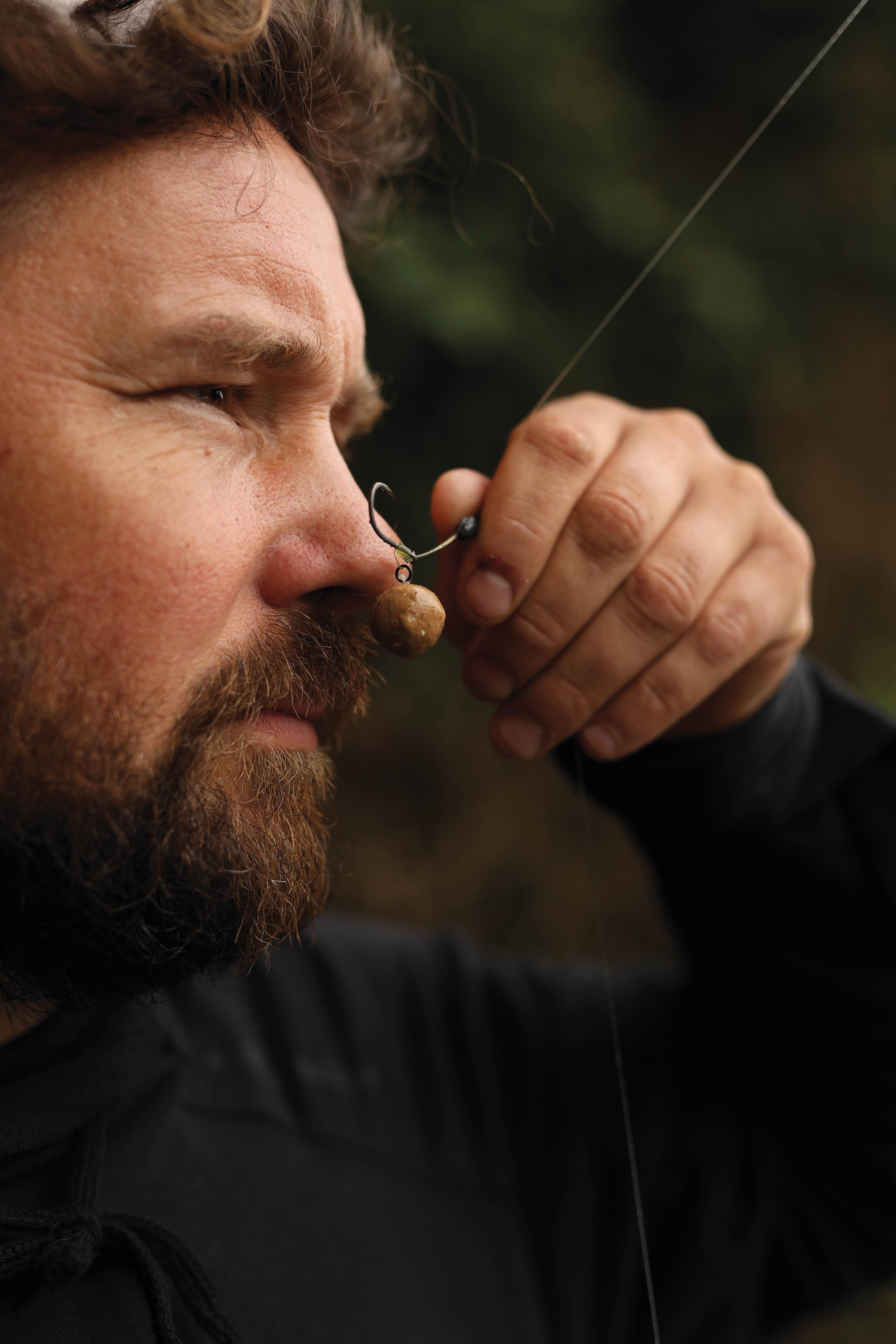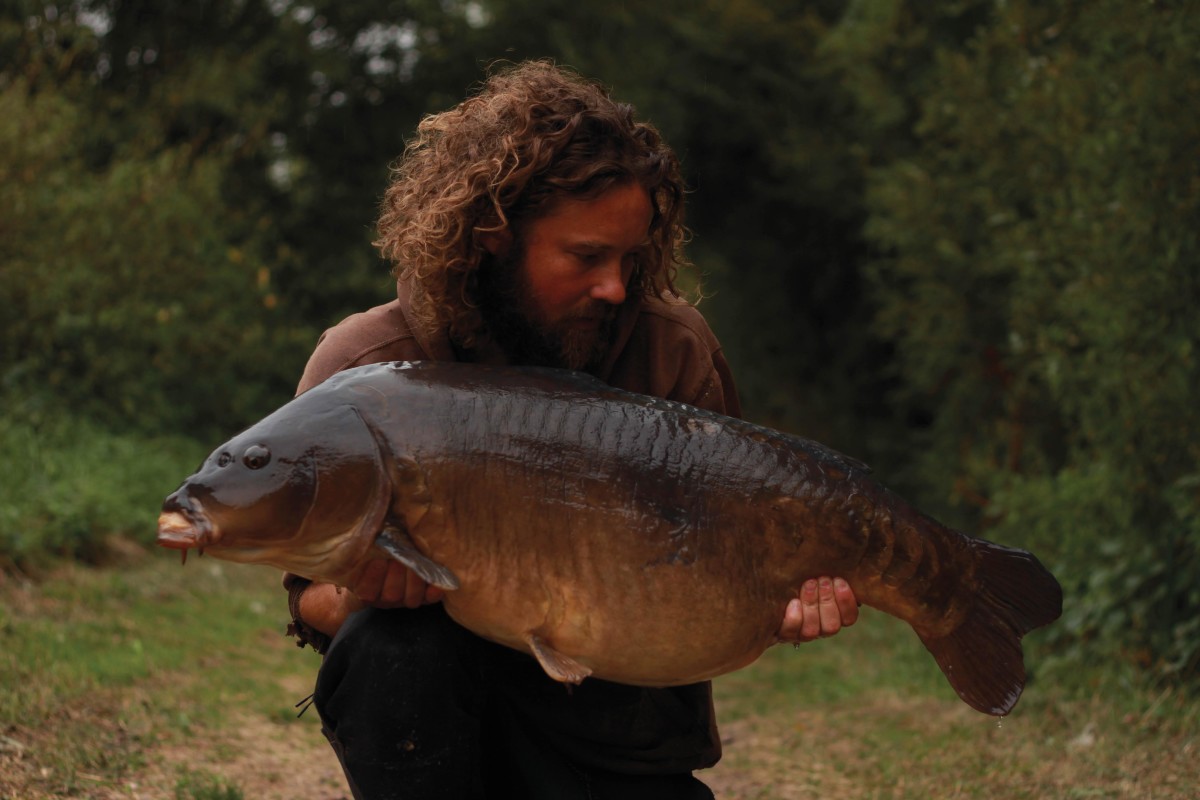
Chod Rigs: An Art Form
Luke Stevenson’s not one for the limelight. He has, however, caught some of the country’s most elusive carp after tackling a number of extremely tricky waters. Here he talks about his favoured venue type, and his go-to set-up…
The Chod Rig has featured in my angling for well over a decade, now. Having spent years putting it to good use, it’s a set-up I have masses of confidence in. Of late, I think it’s gained a reputation as a throw-anywhere rig, or a get-out-of-jail-free card for many on weedy or silty venues. I can assure you, though, that there’s far more to it. You have only to look at the anglers who pioneered the rig, including none other than Tel himself. His album speaks for itself, and is an indication of how effective the set-up is when targeting specific carp.
The pits I tend to fish are usually large and shallow. They’re also silty and weedy, as the carp I generally target tend to live in really old pits. A good number of such venues are dotted around the country, and the carp I love to chase don’t necessarily have to be the biggest. Yes, if they happen to be big, it’s a sweetener, but first and foremost, I look for an old, cool-looking carp with some history to them.
Most recently, I’ve been fishing a very old pit in Peterborough. The carp there see little pressure, as only a handful of anglers fish for them. The pit is relatively shallow, choked with weed and holds a low stock of really old fish, all of which have character. It’s quiet most of the year, so lends itself perfectly to the style of angling I love. I travel light and remain mobile, especially when there are a few other anglers about.
Chod Rigs suit my approach. They allow me to flick out hookbaits when I see signs, ‘fish for drops’ with minimal disturbance using light leads, and almost guarantee presentation wherever they land. I like to get a response when I cast, though, and whilst a Chod Rig will present well in most situations, I won’t settle unless I know exactly what mine has landed on. Only then can I can sit back, happy that my hookbait’s in the right place to stand a chance of being picked up by a passing carp.
Over the years I’ve fished some demanding, weedy pits, venues like North Met and St Ives. On both of these I used Chod Rigs to great effect, particularly during late spring and into summer when the weed was most prominent and fresh. It’s not about just slinging out a single hookbait when you see signs of carp, however. There is an art to the tactic, and its effectiveness relies heavily on my baiting strategy. Most of the time, I’ll look to really establish a bait. I opt for a boilie-based approach as I feel feeding smaller items like particles and pellets makes it harder to get a bite on a pop-up that sits well off the bottom. Also, as my free offerings match what I place on the hook, my hookbait won’t stand out as much, and this makes my rig less blatant, perhaps.
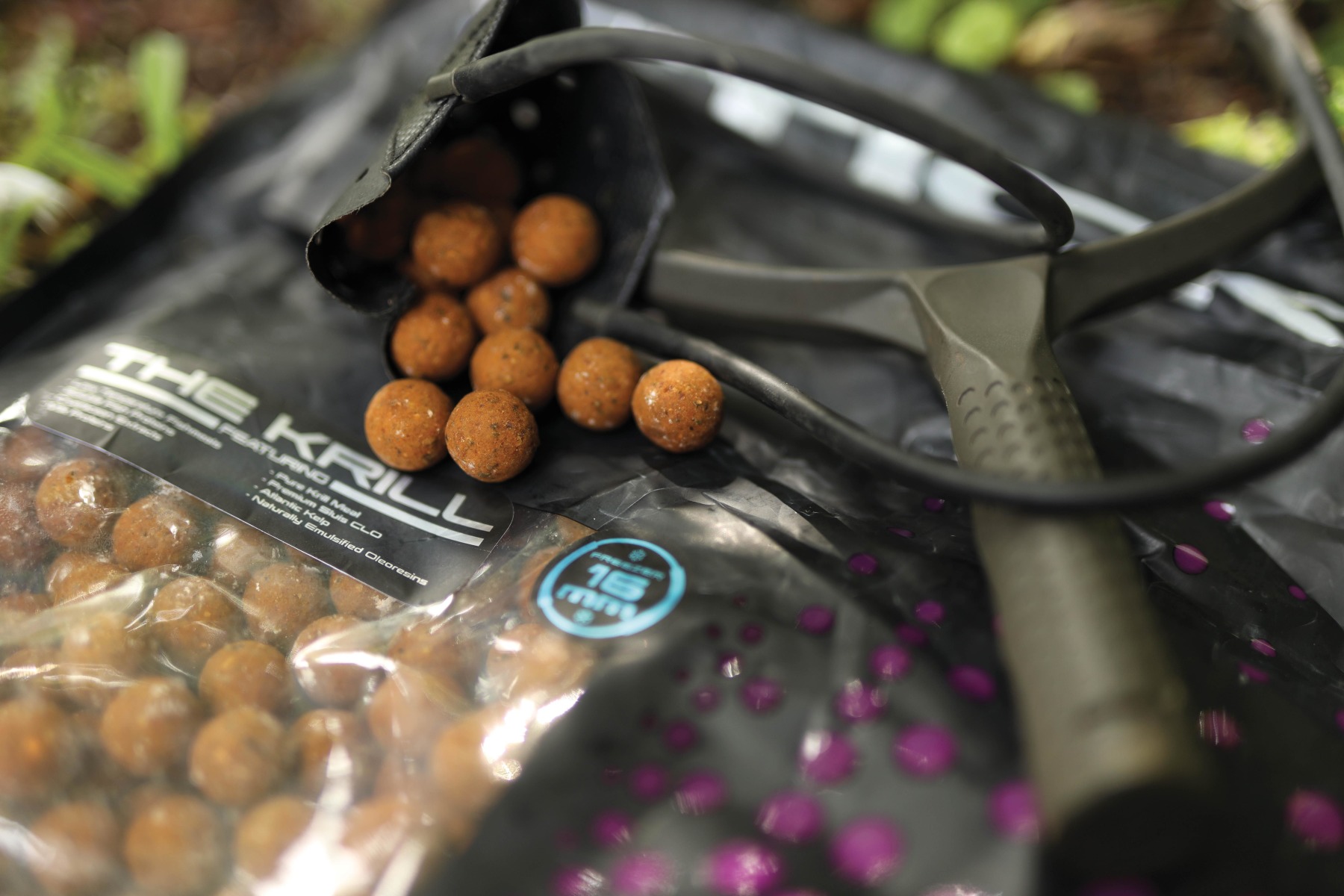
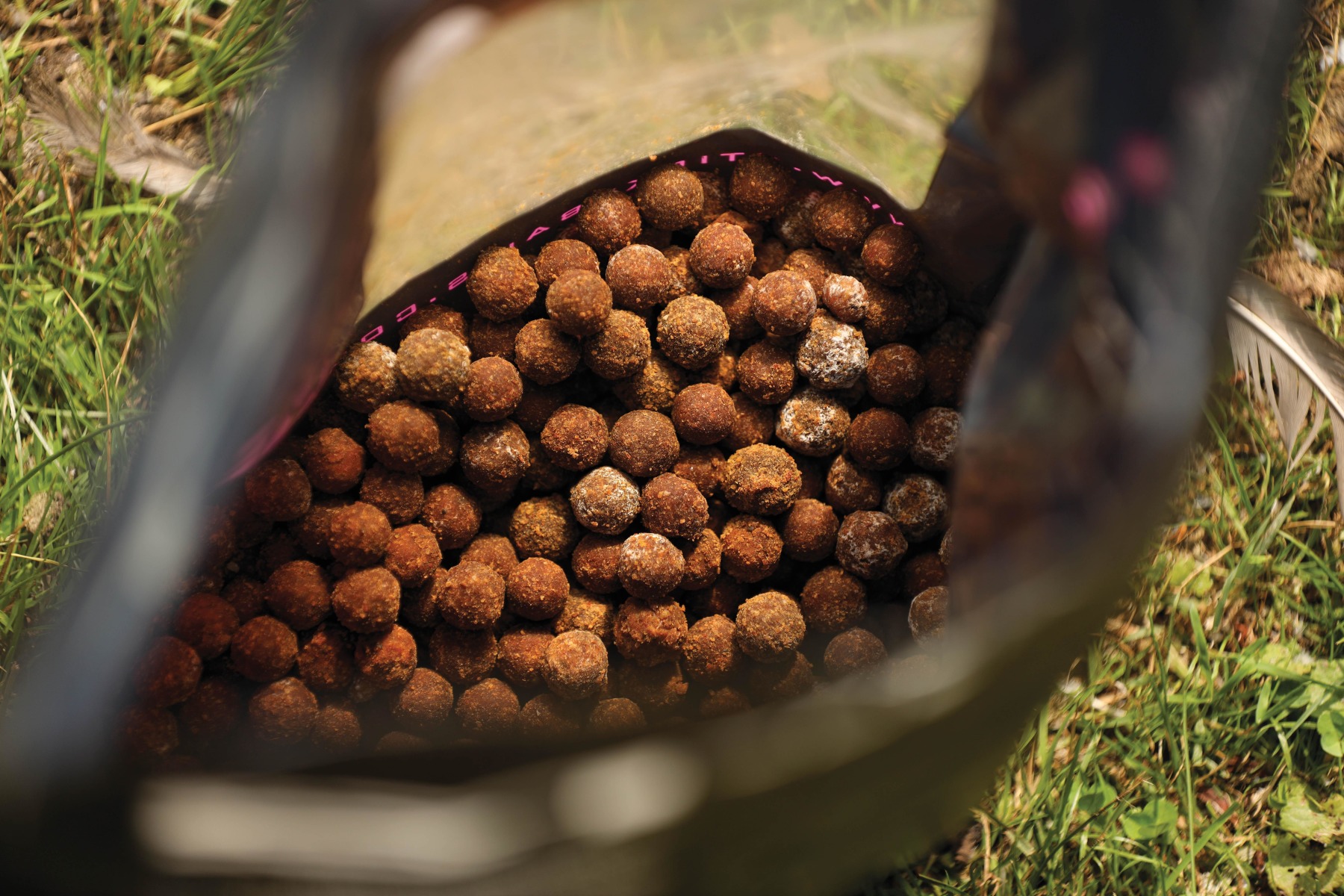
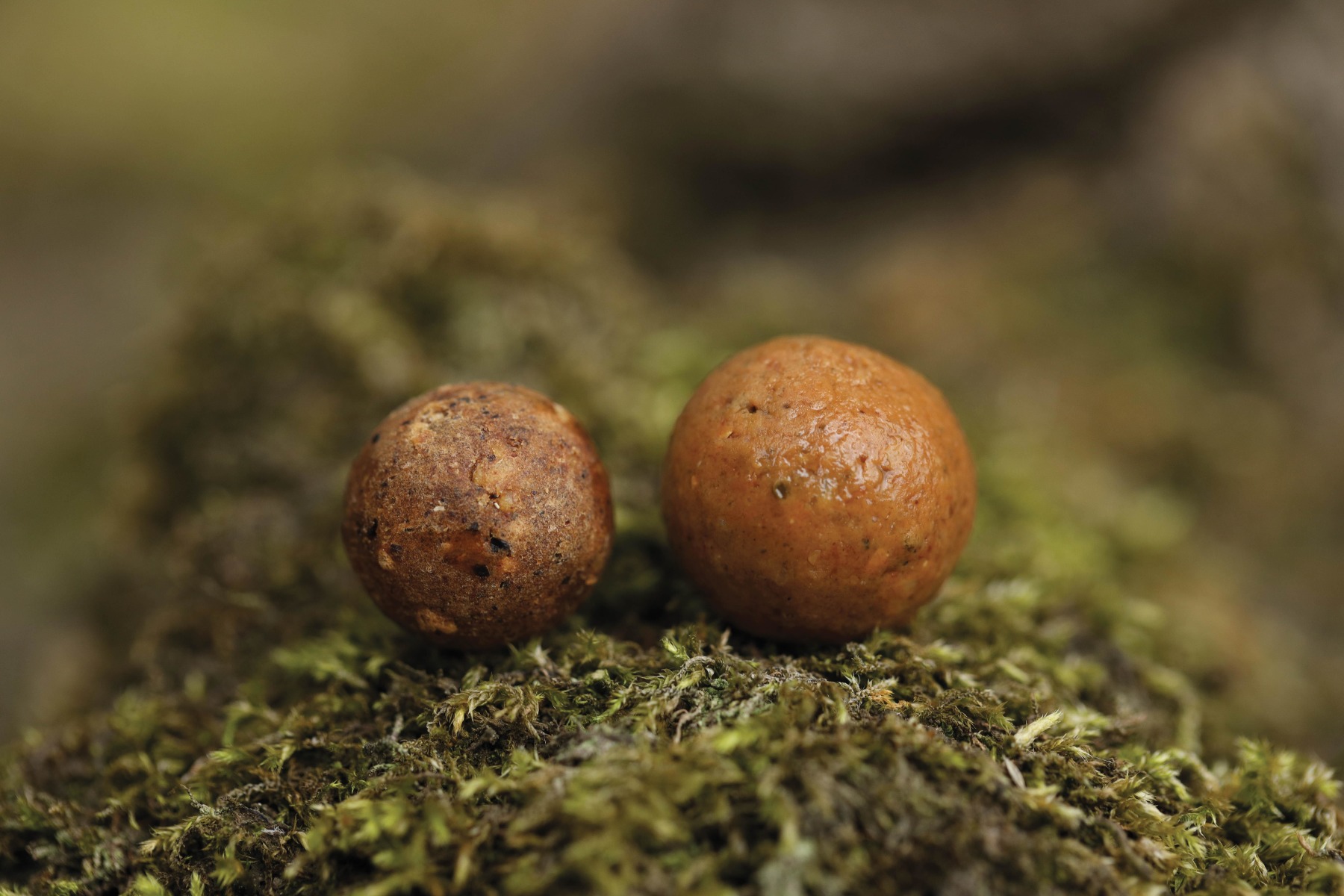
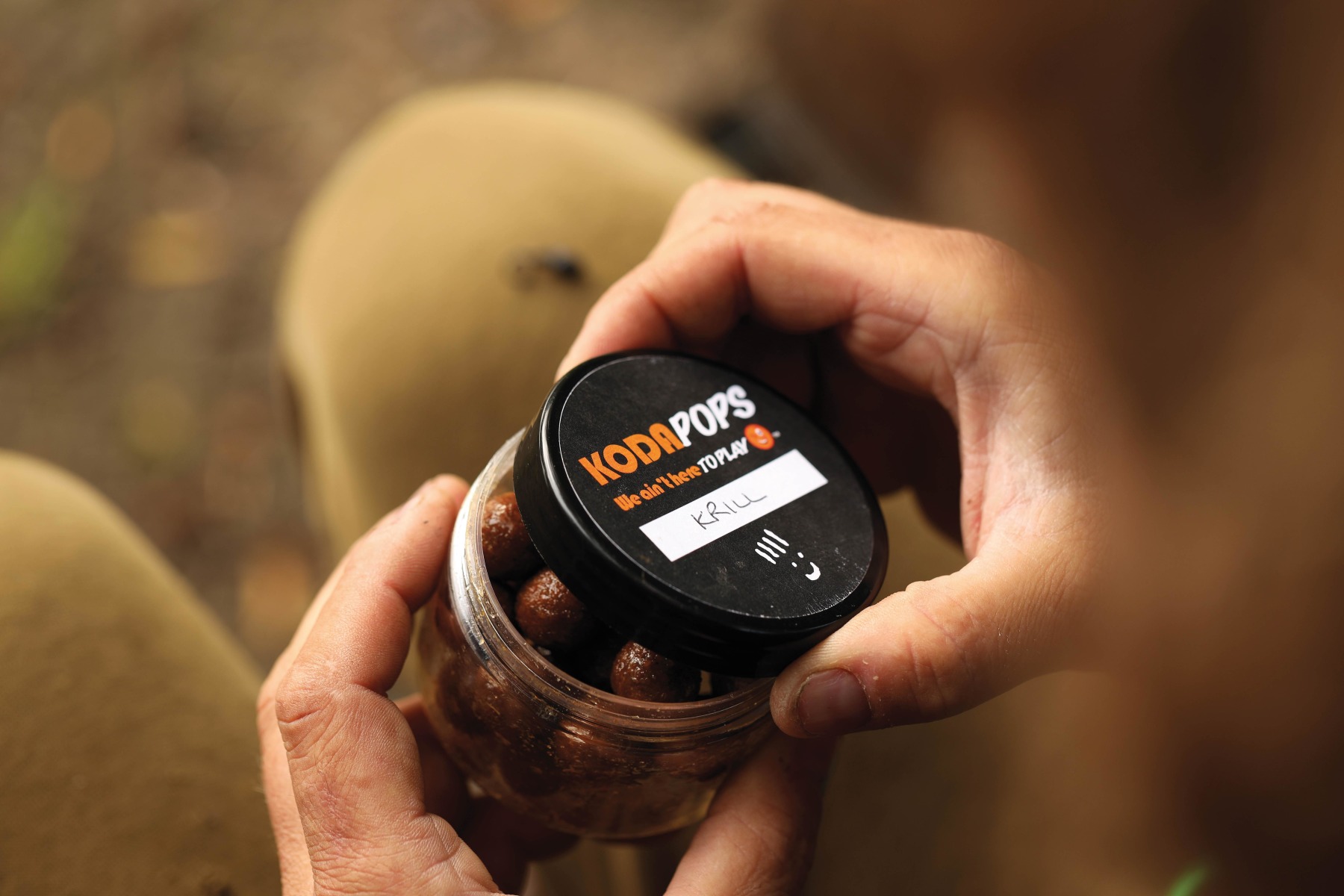
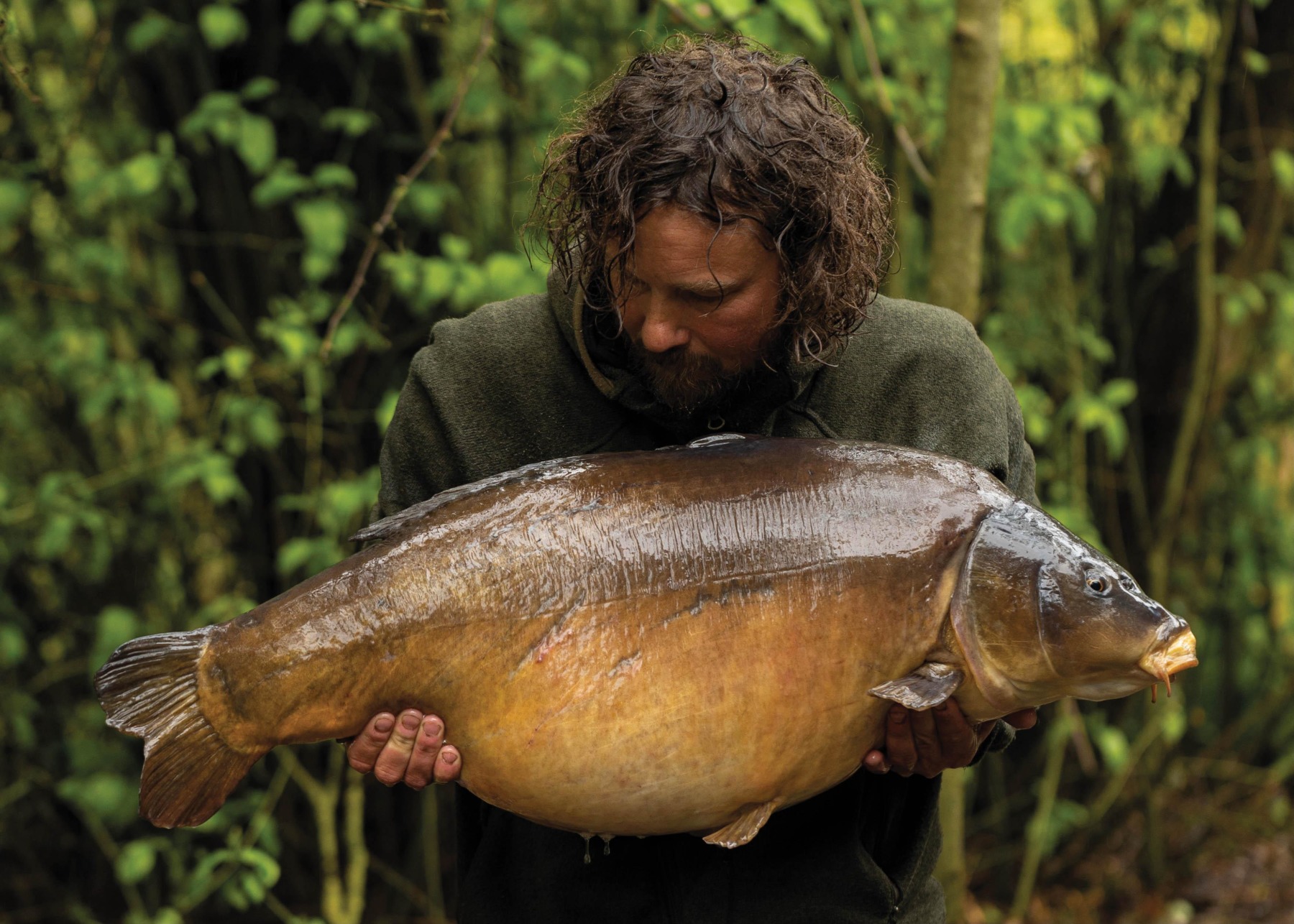
If I start to see patterns emerge in the fishes’ movements or note areas they favour, I’ll not hesitate to bait with a fair amount in an effort to really get them used to what I’m putting out. Then, I’ll fish a match-the-hatch corkball pop-up over the top—I’ll also use the same liquids with my hookbait and free offerings. I may opt to fish a brighter pop-up in the spring as the fish become more mobile after their cold-weather torpor, and during that period in the calendar I’ll not feed as much. Come post-spawning time, however, it’s all about providing them with a food source they can’t resist accepting, one that will help them build up their energy levels once again.
The Technical Stuff
Many who use Naked Chod Rigs will opt for the usual set-up we see featured in videos and magazine articles. This arrangement incorporates a drop-off system such as a Heli Safe tied directly to the main line, a buffer bead also being used to prevent the swivel on the Chod Rig from rubbing against the line when a carp is being played.
Personally, I much prefer to use a short length of leadcore, which I splice and then attach to my fluorocarbon main line to. A Chod bead is threaded onto the line to cover the knot through the rubber, and also stops the Chod from running down to the mini Heli Safe. The bead ensures separation between rig and lead, whilst the leadcore sees that the line lays perfectly amongst any lakebed detritus once the lead lands, and provides protection when playing a carp in weed. I don’t see the need for long lengths of leadcore. With shorter lengths you get a far better line-lay back to the rod, and you can fish with a slack line, too.
I prefer to fish with a slack line if I can, rather than a tight one. I look to see that the fluorocarbon follows the contours of the lakebed and stays out of the way of passing carp that may spook after seeing it. Yes, there are times when I’ll have to fish with a tight line, such as when I’m casting to islands or snags. The majority of the time, though, I’ll be fishing pockets in the weed, and little clearings where carp graze.
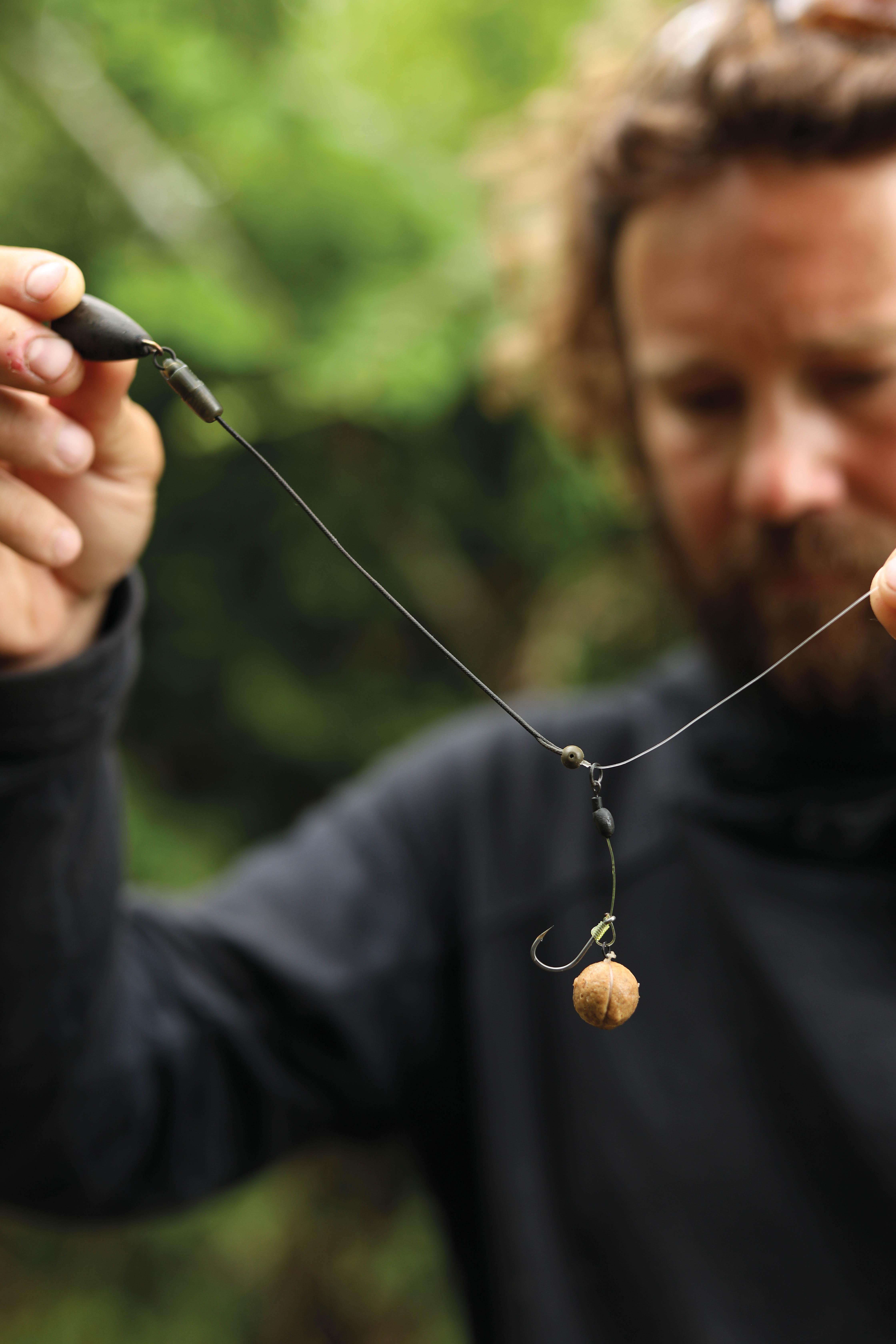
Kontour is my favoured fluorocarbon main line, and I’ll use it in 12lb for long-range stuff, all the way up to 18lb when fishing nearer and I feel I can cast comfortably enough with it, or when the weed is really savage and I need an even stronger set-up.
Moving more specifically to my rigs themselves, I don’t tend to tie them too high. I feel they are almost too high off the lakebed, and if you set up your lead arrangement correctly and balance the pop-up, your hookbait will flutter down and sit on top of whatever’s beneath it.
As far as the Chod itself is concerned, I opt for a pre-sharpened Kamakura Choddy hook in size 4. These hooks are the sharpest on the market, and yet are very strong. You do have to be careful with Kamakuras when casting rigs to areas amongst debris or surrounding weed, however, as the points can turn over as you then retrieve. When looking to land your hookbait in tight gaps, the accuracy of your casting, therefore, becomes even more important. My hook will be tied to a section of 20lb Mouthtrap, a Chod filament I’ve used for many years and have the utmost confidence in.
Finally, with the aid of putty, I look to critically balance the hookbait to perfection. The pop-up will take on water over time, especially when I choose to leave my rig out for 24hrs or more, on those occasions I feel it’s in the right area. It needs to sink very slowly and then sit bolt upright to be presenting.
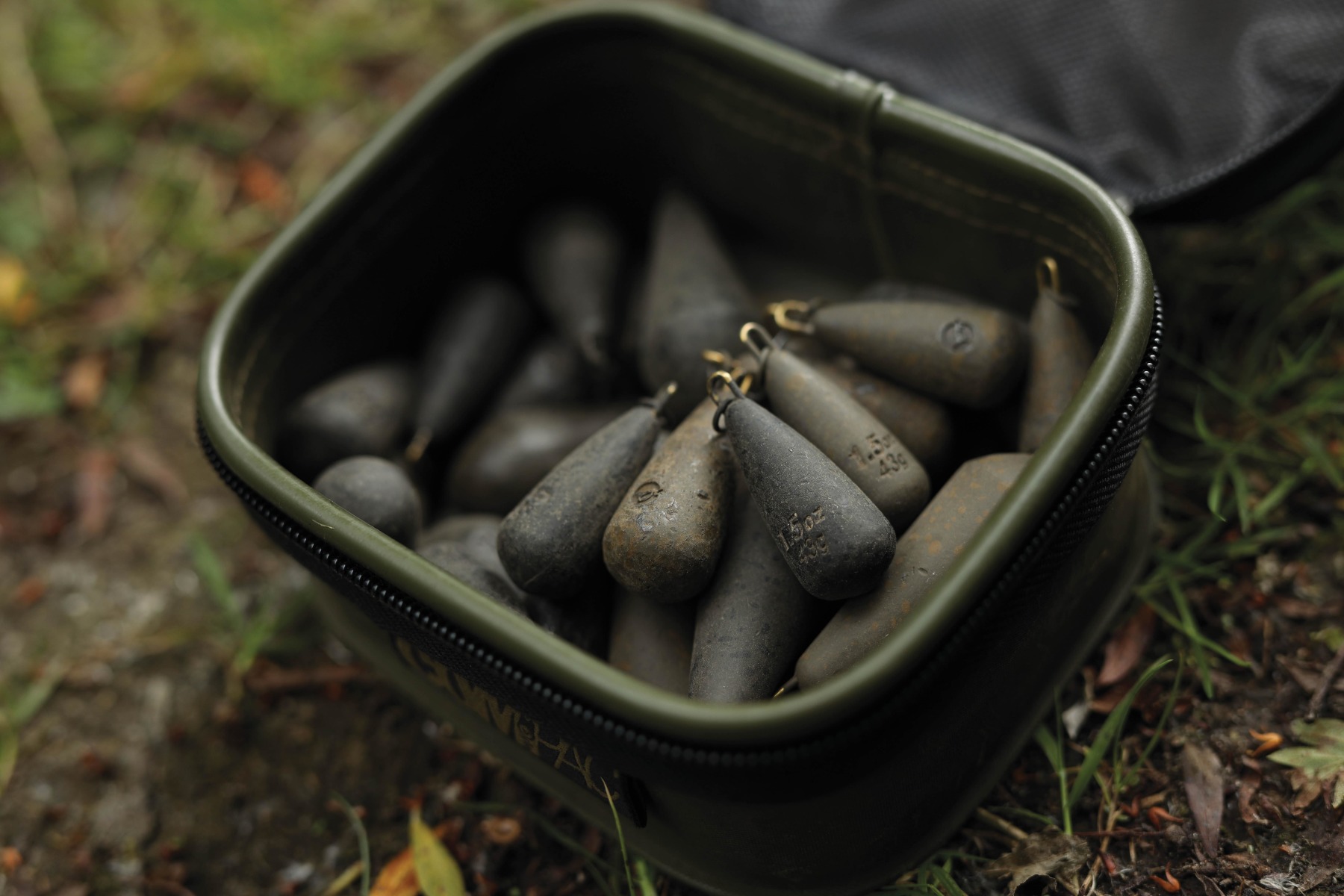
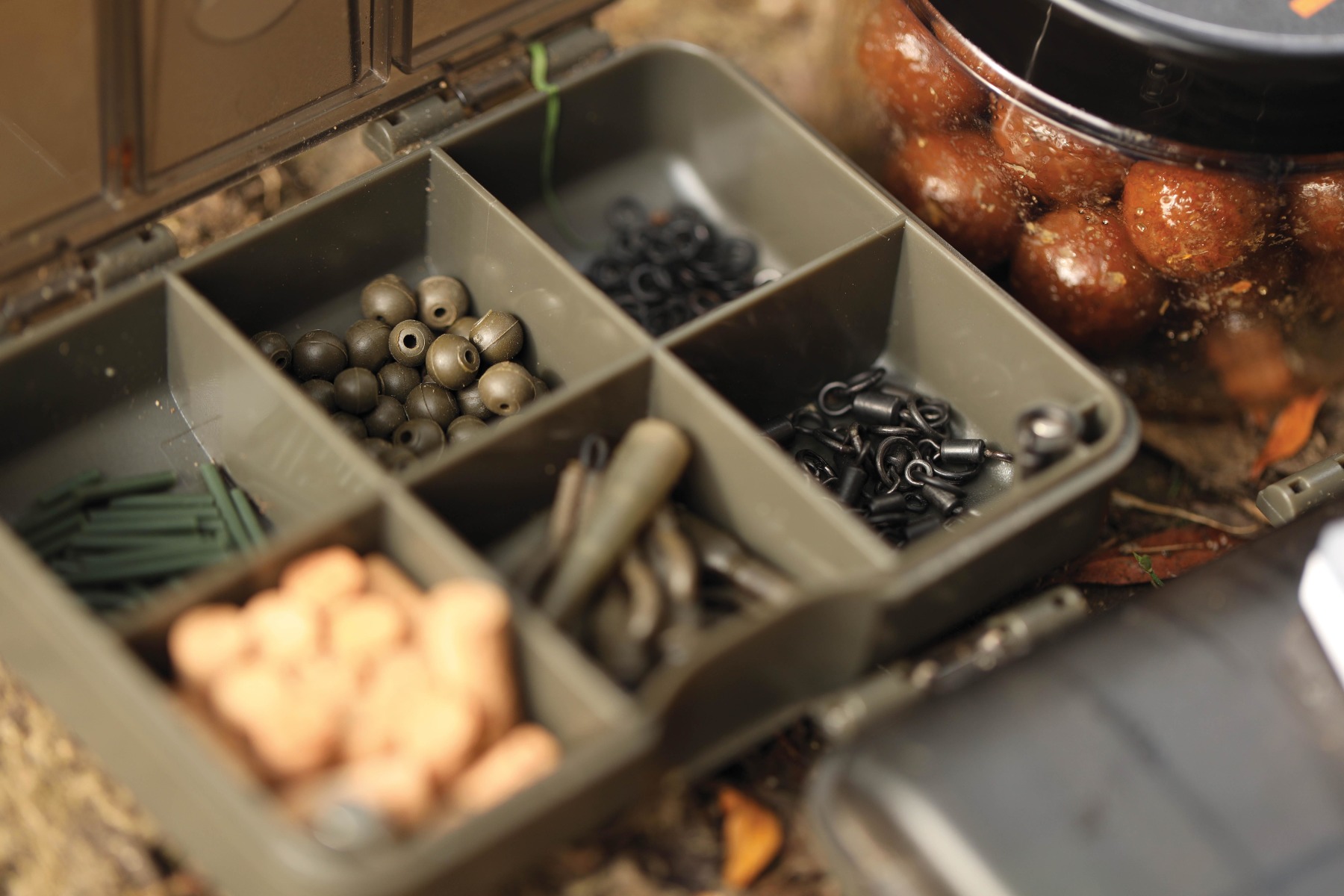
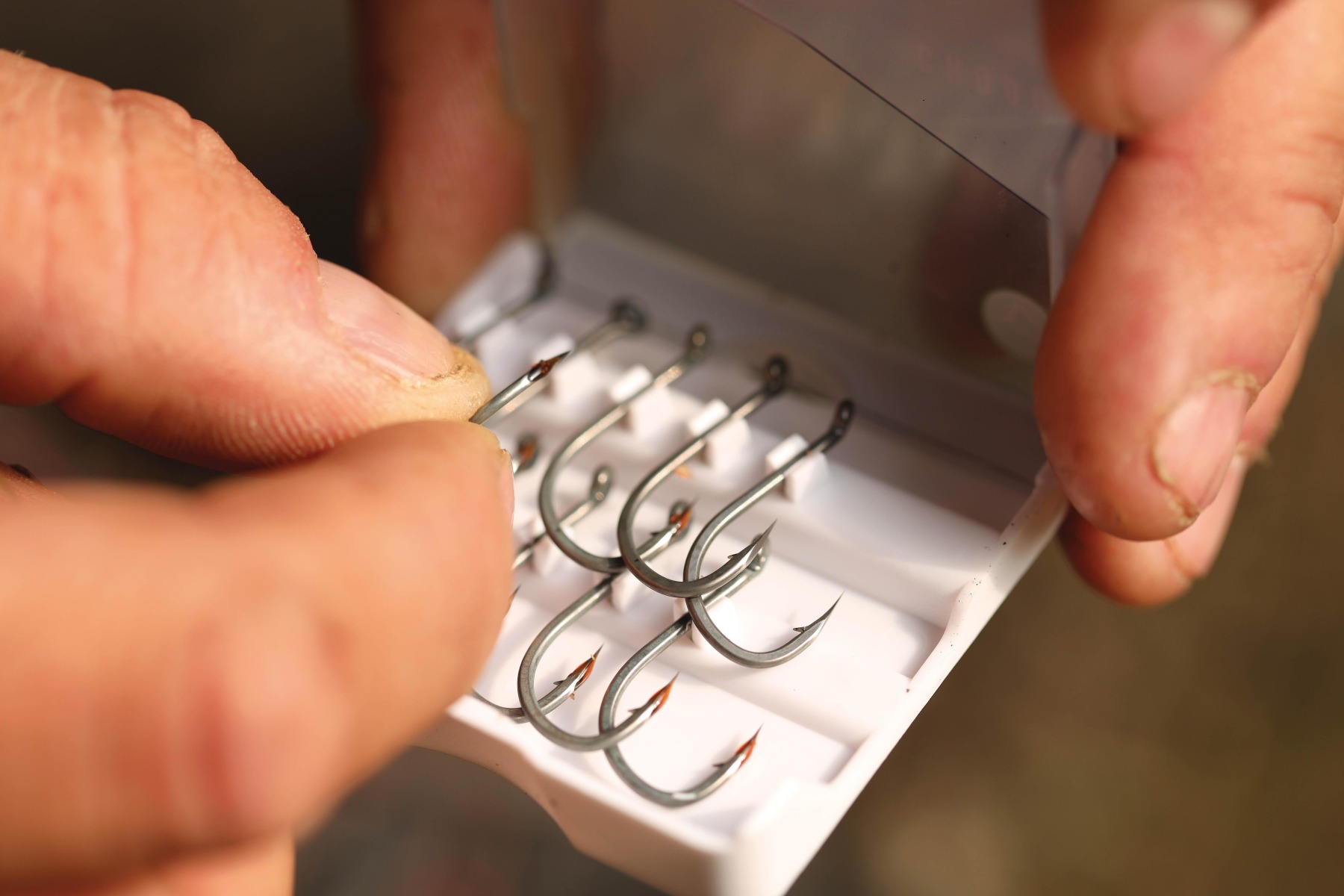
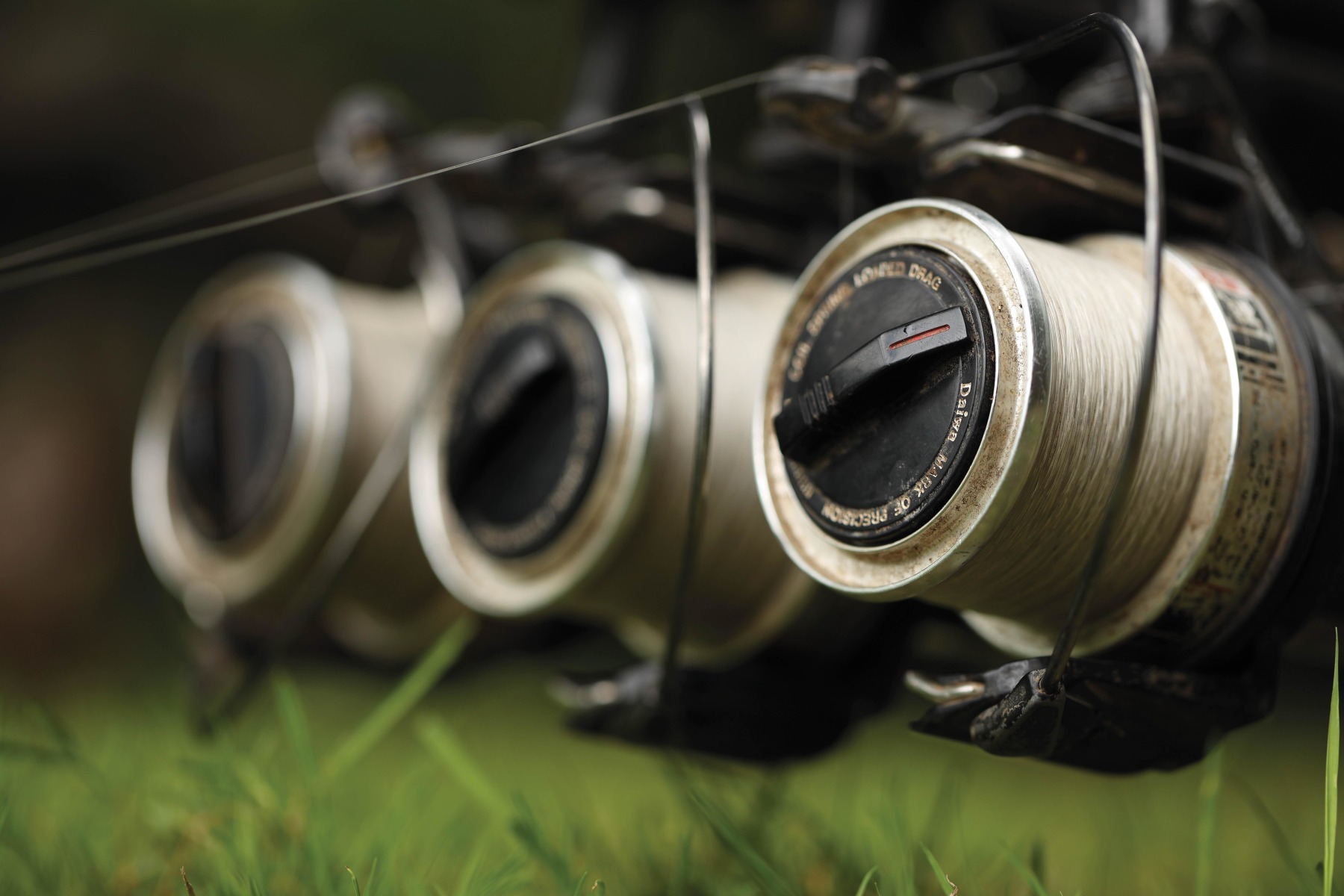
How Things Are Going
Lately, I’ve been fishing the Woolpack in Cambridgeshire, and the rather special pit in Peterborough I mentioned towards the start of the piece. The water has been a breath of fresh air as it’s really allowed me to angle the way I really like. As mentioned, the carp there aren’t pressured. They have hardly seen a hook, and so behave as carp should, and this gives the few who fish for them plenty of opportunities. The only downside to the lake is that it’s very difficult to watch much of the water because of its elongated shape. It’s effectively separated in half by a long island, and also has a number of bays in various corners. Unless you’re on your toes the whole time, looking up and down the lake, you’ll struggle to see when and where carp show.
With the above in mind, by taking only what I need I can remain mobile, and can pack up quickly if I feel a move might prove fruitful. I can also get the rods out in double-quick time—having taken everything but their kitchen sink, perhaps, most anglers might still be taking down their bivvy.
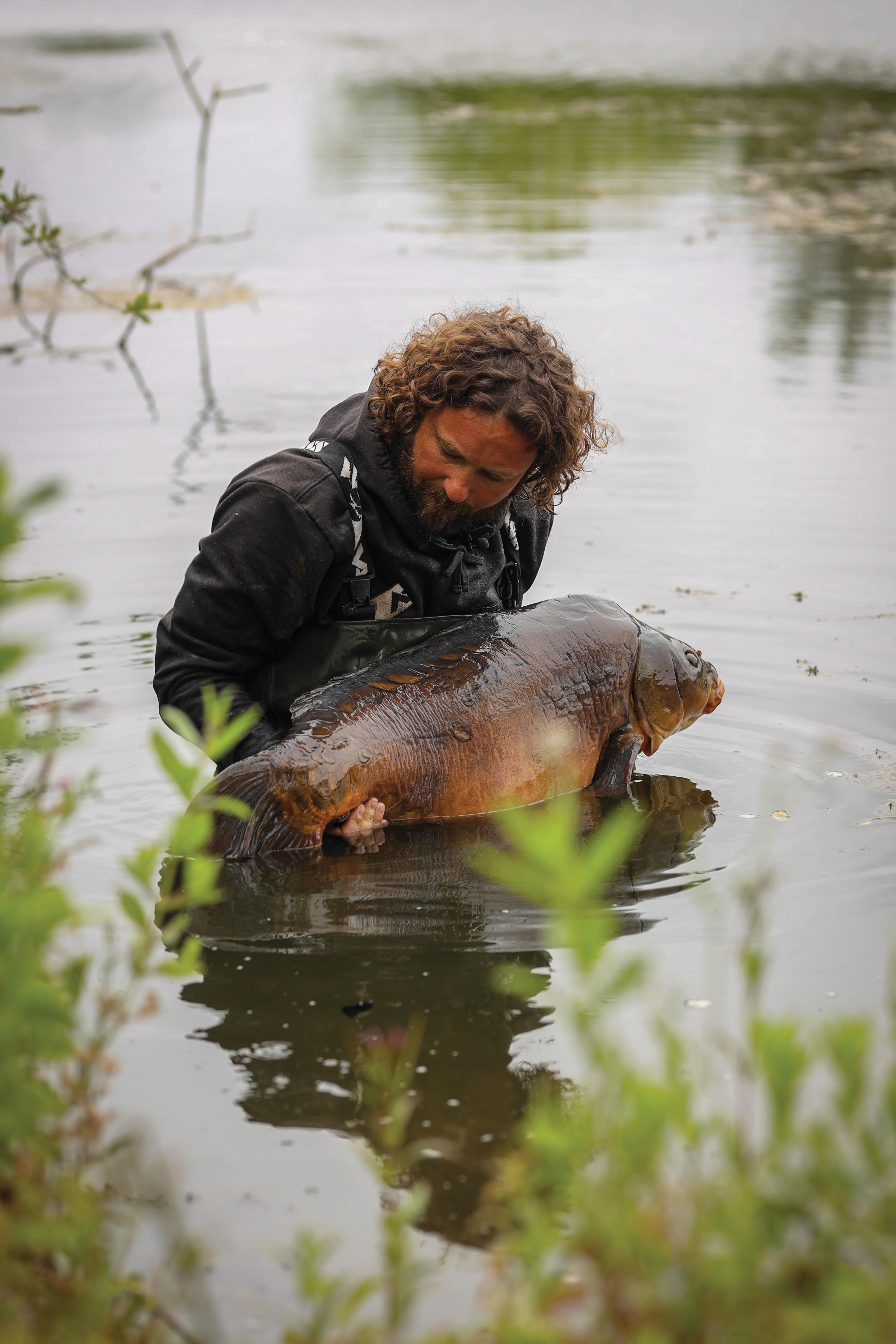
I won’t say too much about my campaign, as that’s a story for another day. What I will say is that I’ve had some great results since I started on the water in late spring. I managed to catch the largest carp in the lake, one that has been around far longer than I have. It’s a fish with some real pedigree to it. I was hoping to make its acquaintance at some point, and during a spot of filming, I banked it. The battle was immense. After a savage take I was forced to take to the boat as the fish powered away into the weed.
I really do think Chod Rigs are overlooked, especially now the more on-trend arrangements attract so much attention. This, though, sees rigs like the one I’ve talked about fade into the background, and anglers like me can stick to what we know and what we trust… and can continue to catch the carp we desire.
